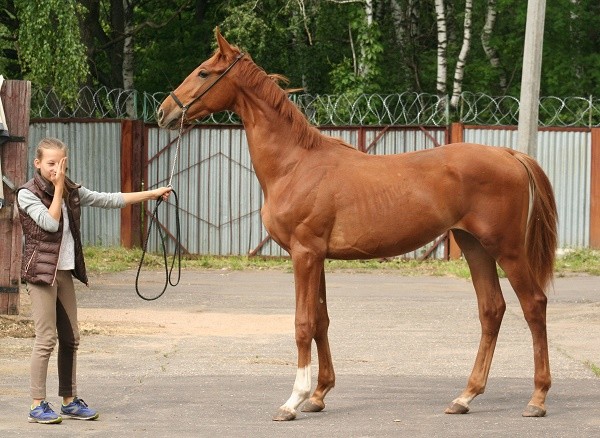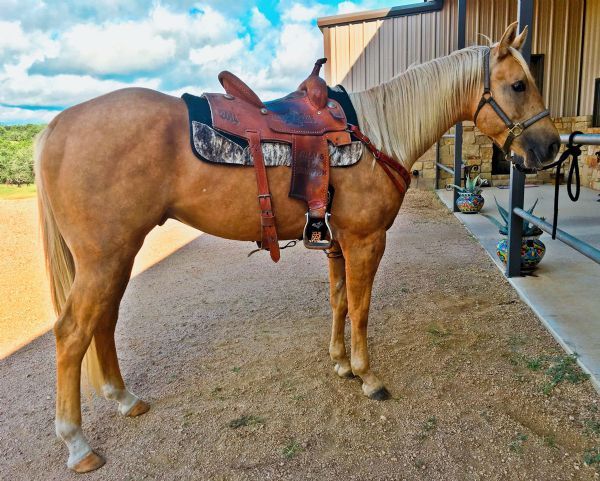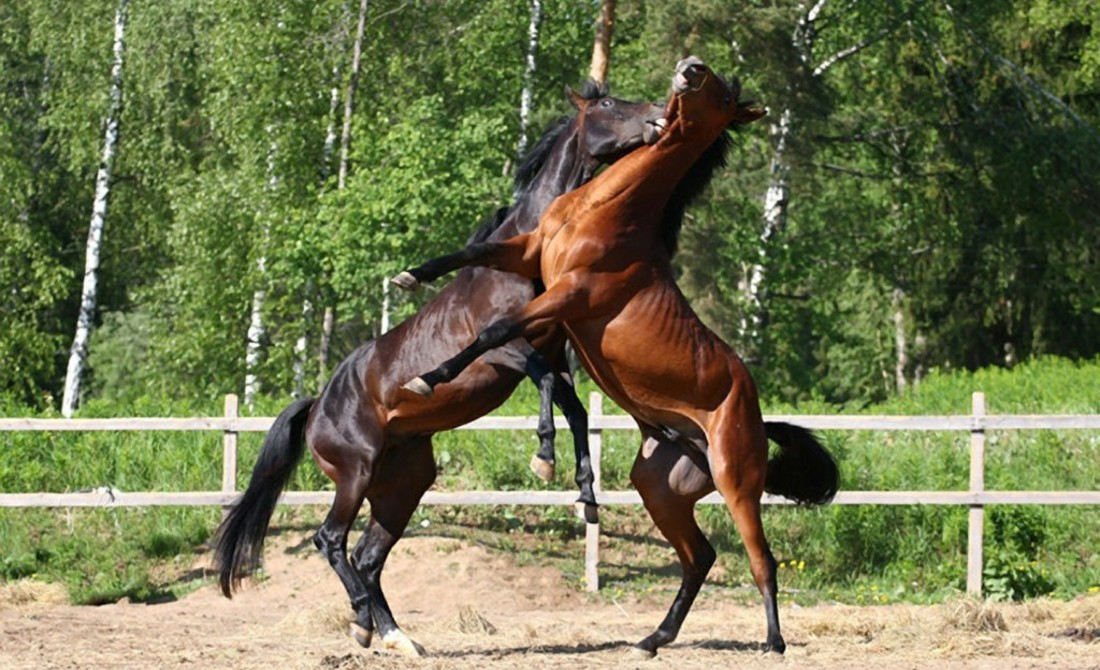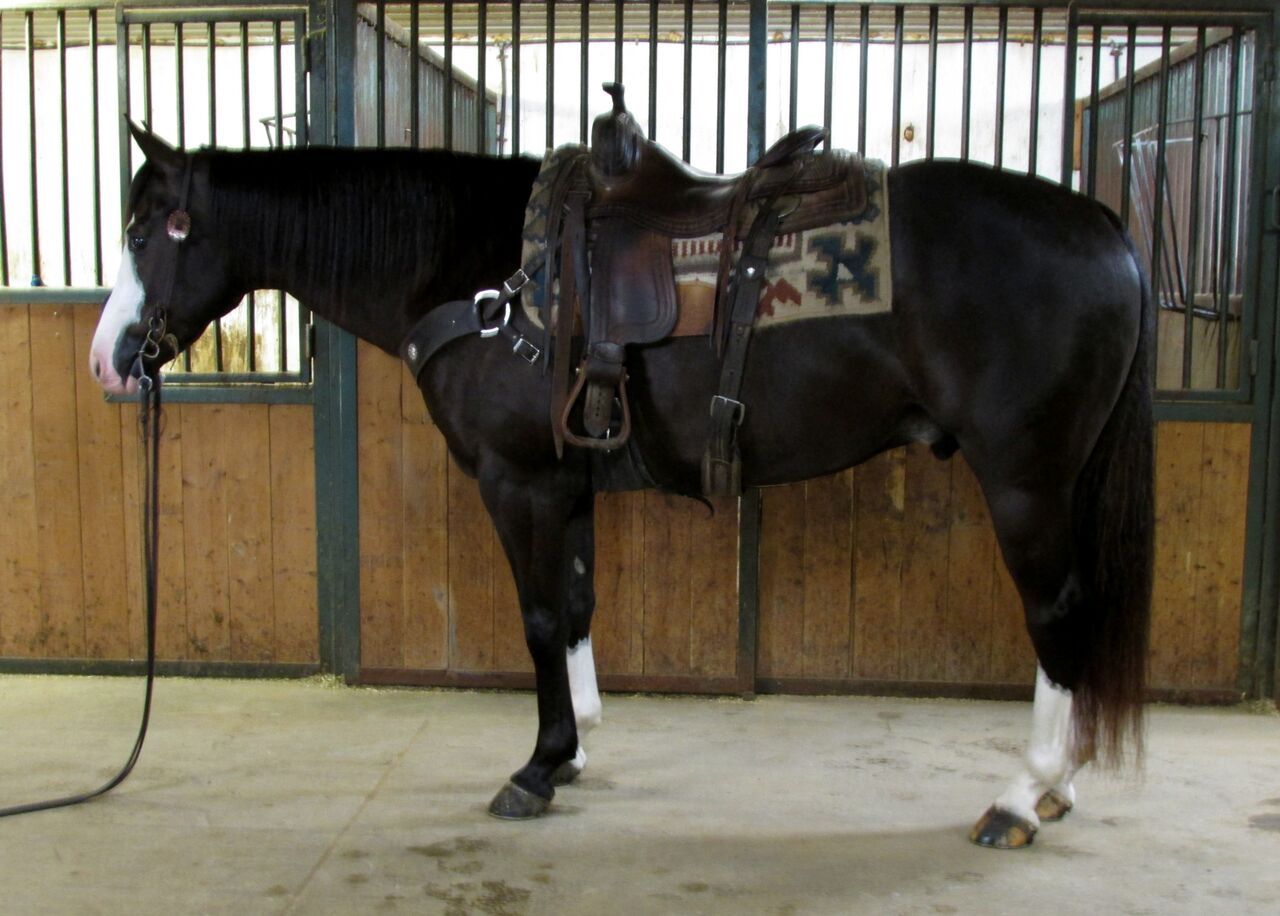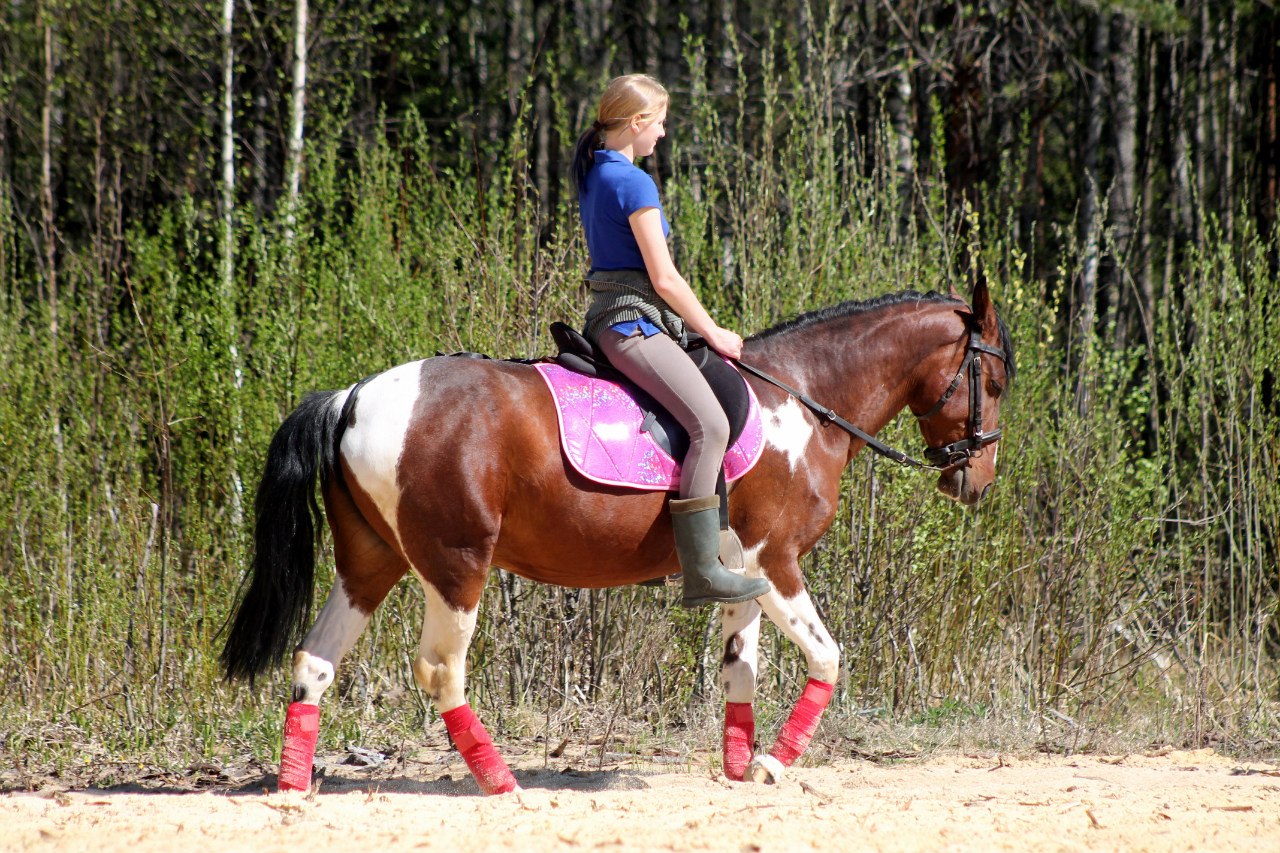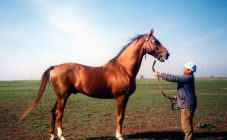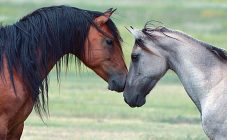Content:
The answer to the question of how a gelding differs from a stallion is obvious - these are animals of the same type. Moreover, they are both males. It's just that a gelding is a horse that cannot give offspring, and a stallion is a potential future dad. Horse castration can be done for a variety of reasons, but this will be discussed below.
Differences between gelding and stallion
Having figured out the name of a castrated horse, you can move on to the differences. In appearance, they are not noticeable, except for the absence of some part of the body. But they differ greatly in habits and characteristics.
The main purpose and character traits
The main task of a stallion is to become a father of offspring. They are used to improve the quality of the pedigree in breeding. Animals have a tough disposition, they often do not obey. Possible aggression towards other individuals in the herd.
A gelding is a horse that for various reasons is not suitable for procreation and has undergone castration. His further destiny is participation in competitions, agricultural and industrial work. Character is what a horse differs from a gelding. The sterilization carried out makes the horse calm and balanced, it is distinguished by its peaceful character.
For show jumping, the castration of stallions is quite an important procedure. Geldings show better results due to the greater volume of muscles in the front of the trunk. They are more agile. Also, the castration of a horse allows you to reduce the required dose of feed, since the metabolism is significantly reduced. The gelding and the stallion have differences in the necessary physical activity. The difference lies in the constant work with the gelding, otherwise it will float with fat.
Pros and cons of castration
Many are opponents of this operation, claiming that it does not make sense. Others say that a castrate horse has many advantages over a stallion. But at the same time, there were cases when even sports castrated horses rebelled against the owner. This means that the gelding does not at all turn into an obedient instrument in the hands of the master, it also has character.
Features gelding and all the pros:
- Who is a gelding? The horse is a hard worker. But natural qualities are also important here. In general, castration is justified on condition of collective work. If one individual is used in everyday life, then it will not be distracted by other horses anyway.
- A neutered horse is calmer, so its behavior is easier to predict. This quality is ideal for beginners to learn to ride.
- A sexually aroused stallion can harm not only other horses and riders, he can break his leg while trying to smash a stall or wall. It is the horses prone to aggression that are most often castrated.
- Horses that lose their presentable appearance due to poor weight gain and food pickiness are also subjected to surgery.
The character of the stallion and "against":
- A horse that is guaranteed to produce a quality foal cannot be castrated. Such stallions are cherished as a valuable frame for improving the breed.
- There is no need to castrate a horse with good data and excellent performance. It can even hurt.
- Stallions showing good sports results are trying not to neuter. At the end of their careers, they become producers.
- Good trainers point out that testosterone and temperament are great qualities for a stallion. Yes, they need a good trainer and rider, as only that leads to great results.
Why "measure"
Having learned, "gelding - what is it?", As well as the main "pros" and "cons" of the operation, you should think about the need for the procedure. Earlier, horse breeders said that it allows you to preserve the gene pool, protecting horses from stallions with a poor set of necessary qualities. Today veterinarians have begun to cite completely different reasons.
Aggressive stallions in the race and selected for breeding are completely unsuitable for the job. They fight off the herd, can harm other horses, and are often disobedient to their owners. Geldings, on the contrary, tend to stay in groups, have excellent working capacity, and their meat is much more tender.
Preparing for castration
First of all, you need to find an experienced surgeon who can perform the operation efficiently. The horse must be treated for worms and vaccinated with all the necessary drugs. Vaccination is carried out one month before the date of the operation. An important role is played by teaching the horse the basic manipulations of castration, otherwise it can injure the doctor. A trained horse is measured much faster.
The horse prepared for the operation must be carefully examined by the owner and the doctor. The owner must know the habits and characteristics of the pet. The surgeon performing the castration examines the stallion's appearance and the condition of the hooves before the procedure, as well as checks the pulse, temperature and pressure.
The question of how horses are castrated is quite extensive. This largely depends on the age of the stallion and the decision of the veterinarian. In this case, the owner of the animal must prepare everything necessary for the operation. In addition to a number of instruments available to the surgeon, you need to take care of the presence of a flat surface and good lighting. It is much better if the entire procedure is carried out in an open space. Indoors, there is a higher chance that the horse will panic.
When you first contact the veterinarian, you should discuss the method of castration, each of which has differences and a number of prescriptions. The doctor will have to examine the horse and choose the one that suits him best. After all the preparatory work, the horse should be weighed to calculate the required amount of anesthesia. You will also need a blanket and other means required to protect the eyes of the animal. It is necessary to take all measures necessary to protect the surgeon himself from injury.
Further care
After castration, special attention should be paid to caring for the horse. This will avoid possible complications. The recovery period will last at least 2 weeks. To avoid the development of infections after an inflicted wound, you need to regularly give the stallion a set of drugs that the veterinarian should prescribe. Anesthetics may be needed in the early days. In addition, the wound should be examined every day.
Adaptation exercises
There are no special obligatory exercises in the postoperative period. But you need to carry out a number of activities to maintain the normal health of the horse. For example, you need to thoroughly clean the stall, destroy insects, especially those that are carriers of diseases. To avoid the loss of internal organs and accelerate adaptation to new conditions, you need to balance the diet. Its composition should be consulted with the doctor who performed the operation.Constipation or indigestion should not be allowed as this will greatly slow down recovery. The horse must walk every day. The length of the walk is determined by the veterinarian.
Possible complications
Any operation, even the simplest one, carries risks. When a stallion turns into a gelding, a common phenomenon is the development of edema, which spreads to the hind legs. Many owners in this situation do not resort to the help of veterinarians, dispensing with relaxing massages and cold compresses.
To avoid the appearance of edema, the wound is closed with drainage, stretching the healing procedure for several weeks. Warm compresses should be applied to facilitate the process. Walking daily allows you to avoid the accumulation of pus, since muscle contraction provokes a breakthrough of the wound, and it flows out.
With insufficient qualifications of the doctor, a situation may occur that is not fully released spermatic cord. This provokes the onset of bleeding. A situation with ingrowth of the cord into the abdominal cavity is also possible. Here you cannot do without the intervention of a doctor.
Before the operation, it should be taken into account that the operation can only be performed with a healthy horse. The slightest deviation from the norm is a signal that castration cannot be carried out. If the horse has recently been sick or underweight, it is best to wait until it is in shape. Genital infections are also an obstacle to surgery. The age of the stallion plays an equally important role. The older he is, the more likely the appearance of various complications after castration. If the horse is over 10 years old, it is better to refuse to make a gelding out of it.
After reading this article, each reader will dot the "i" between the stallion and the gelding, as well as how to distinguish them. And if he decides to get one of them, he will use the material as a cheat sheet about castration. However, before this procedure, you need to weigh the pros and cons, so as not to harm the animal in the end!
